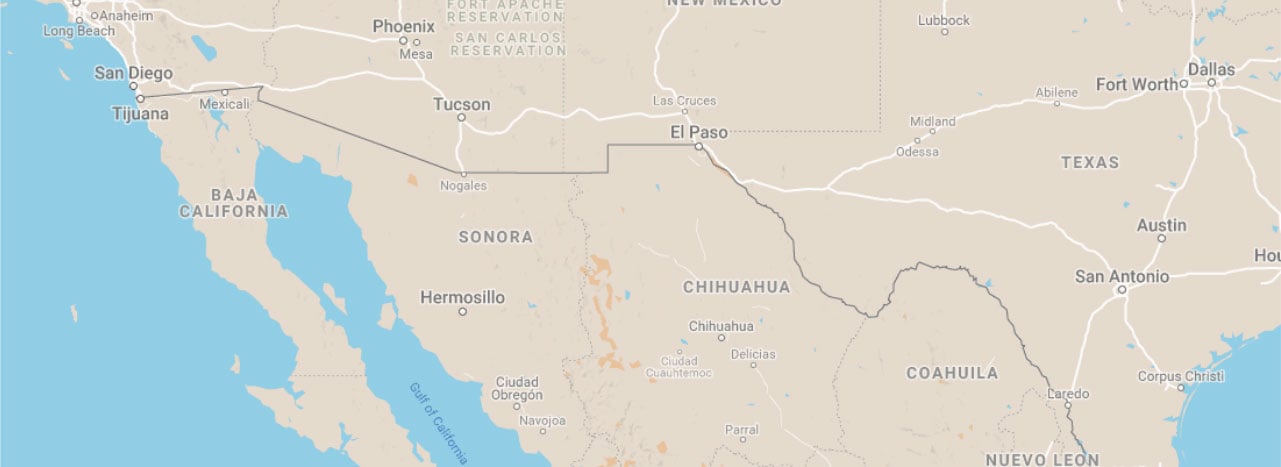Brawley, California, USA
Brawley, California, USAWastewater Treatment Plant Expansion and Improvements to the Wastewater Collection and Water Distribution Systems for Brawley, California
Project Status: Completed

General Information
Sector
Water and wastewater
Sponsor
Comisión Municipal de Agua Potable y Alcantarillado de Gustavo Diaz Orda
Benefited population
26770
Certification date
September 30, 1999
Financing
Project cost
US 13.77M
NADBank Funds
US 5.66M - NADBank Grant: BEIF
Related documents
Background
The city of Brawley owns and operates the water treatment plant and distribution system, as well as the wastewater treatment plant and collection system. Established more than 65 years ago, both systems are operated as an enterprise fund in which the cost of providing water and sewage services is funded primarily through flat rate user fees. The city
recently constructed a new water treatment plant with a design capacity of 15 mgd, which can be expanded in the future to 30 mgd.
The current project will address the following problems:
- Corrosion/tuberculation of cast iron pipes has caused a significant
decrease in pipe capacity, which creates excessive pressure losses
and reduces the utility’s ability to deliver water in the city, thus
interrupting water service. - Approximately half of the wastewater system is a combined
sanitary and storm sewer system. Storm flows of 8 to 12 mgd
periodically overwhelm the hydraulic processing capacity of the
wastewater treatment plant (3.9 mgd).
Description
To upgrade and expand the wastewater treatment plant, as well as to
improve the water distribution and wastewater collection systems. The
project consists of:
- Installing larger diameter pipes and replacing cast iron pipes with
polyvinyl chloride pipes in the water distribution system. - Increase wastewater treatment capacity from 4 to 6 mgd.
- Replace 21 wastewater collection lines in congested areas of the
city
Benefits
This project will increase water pressure and reduce malfunctions and maintenance requirements. Secondary treatment prior to discharge of overflows during the rainy season will reduce the likelihood of untreated discharges into the New River, and diminish the risk of infectious diseases associated with raw sewage.